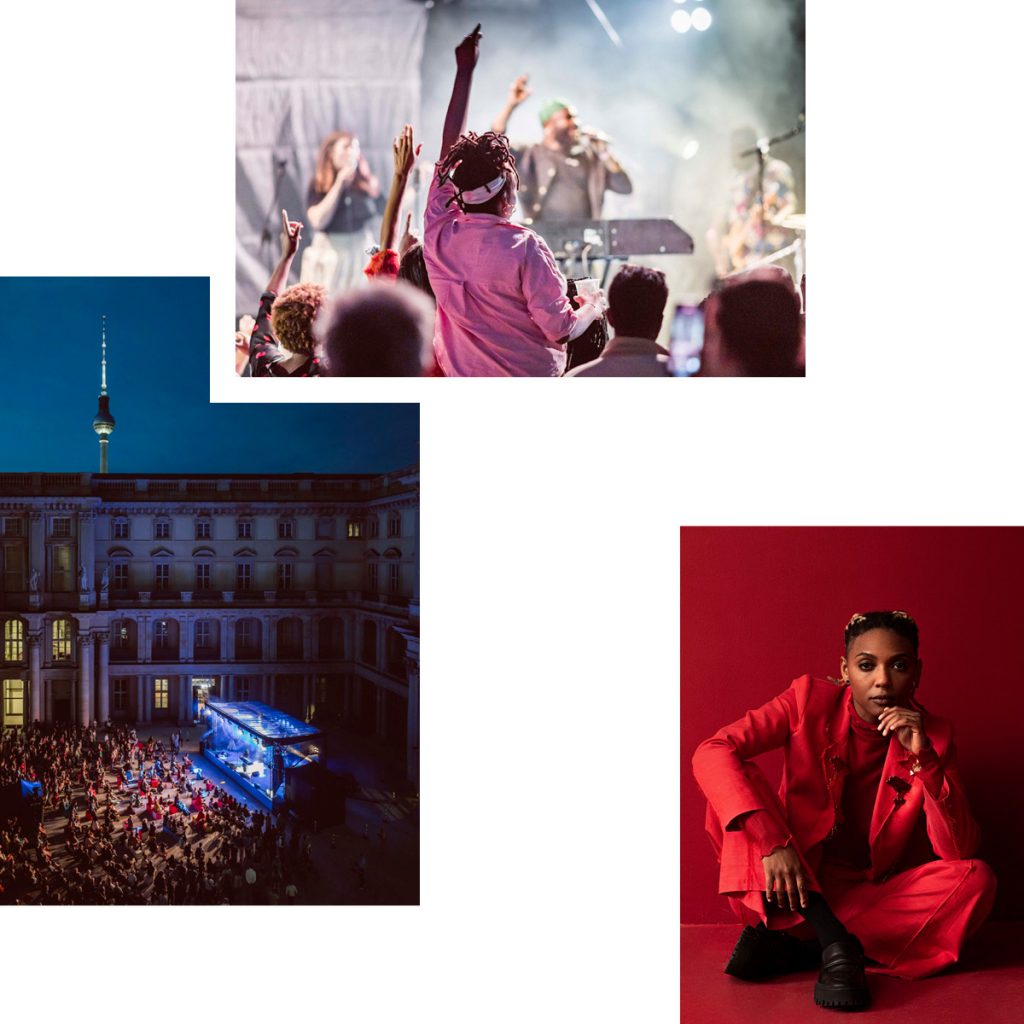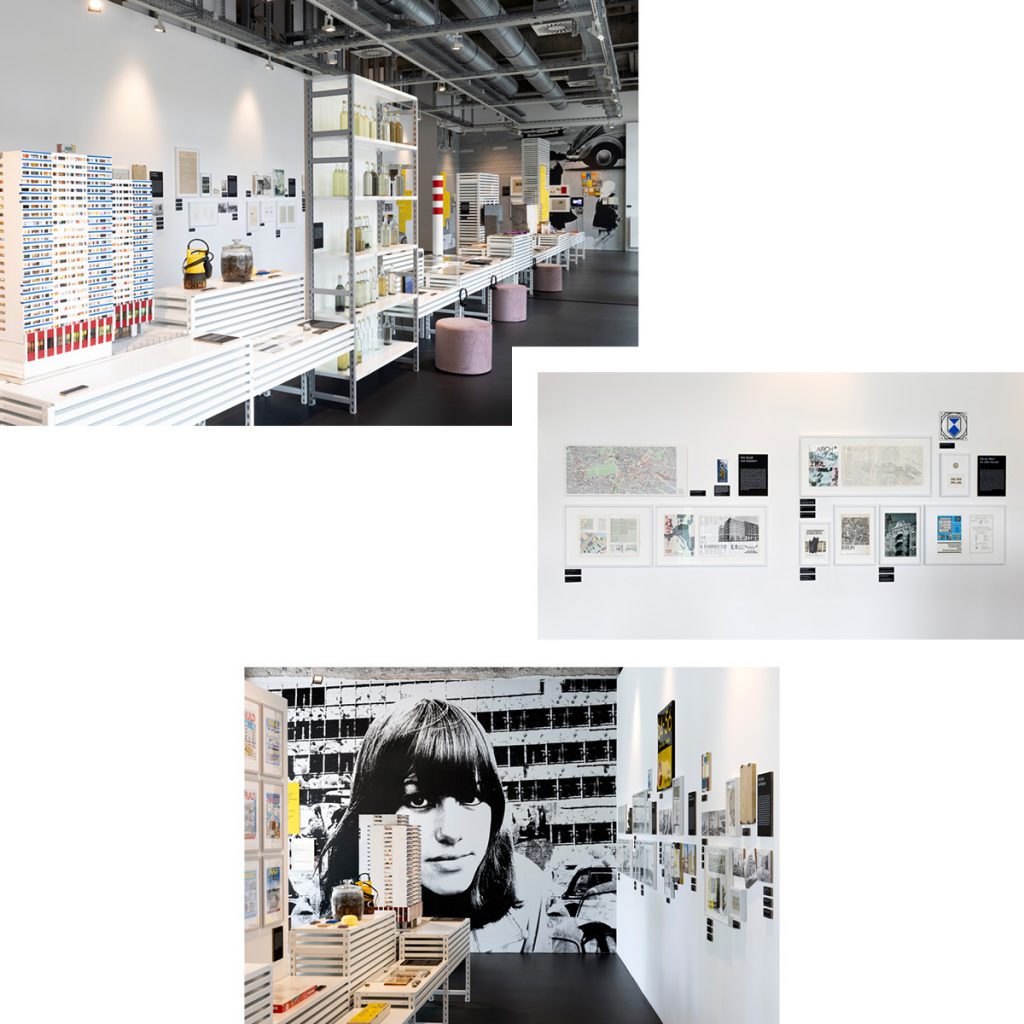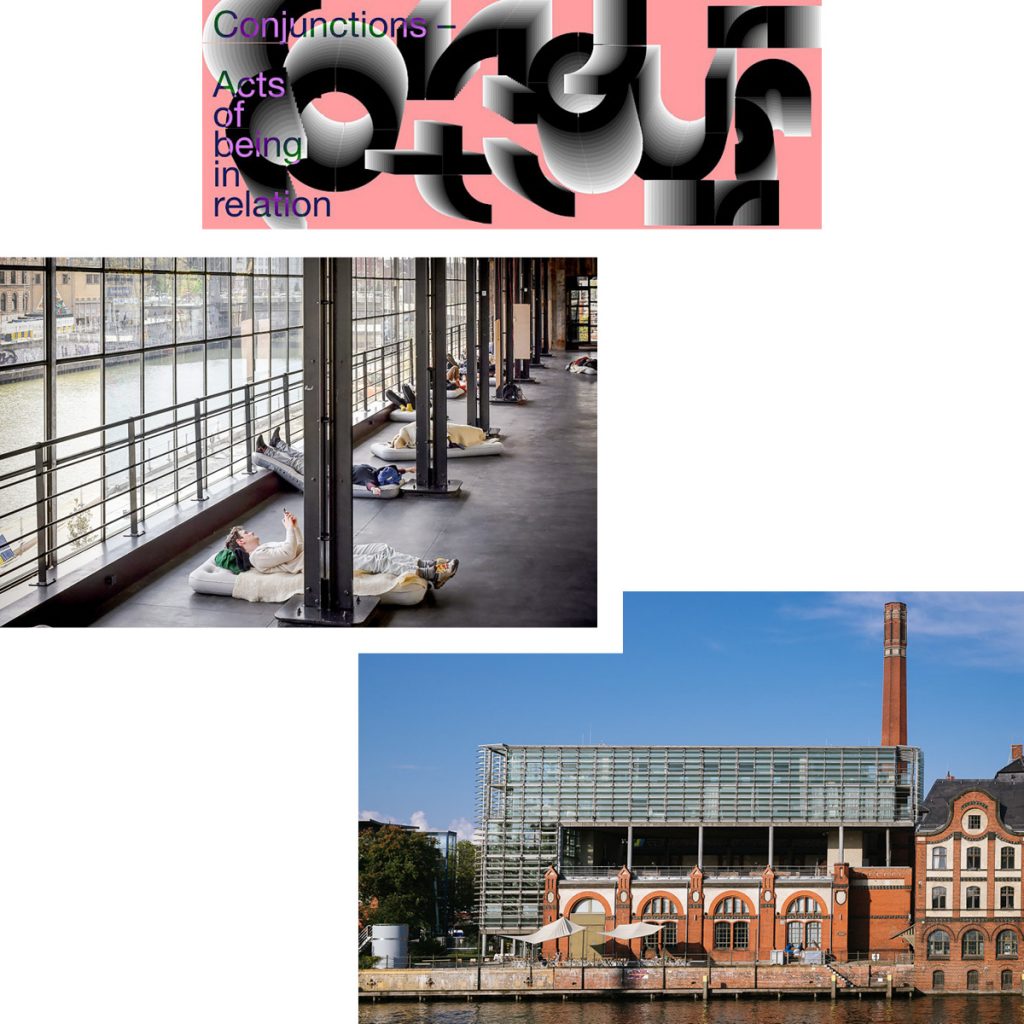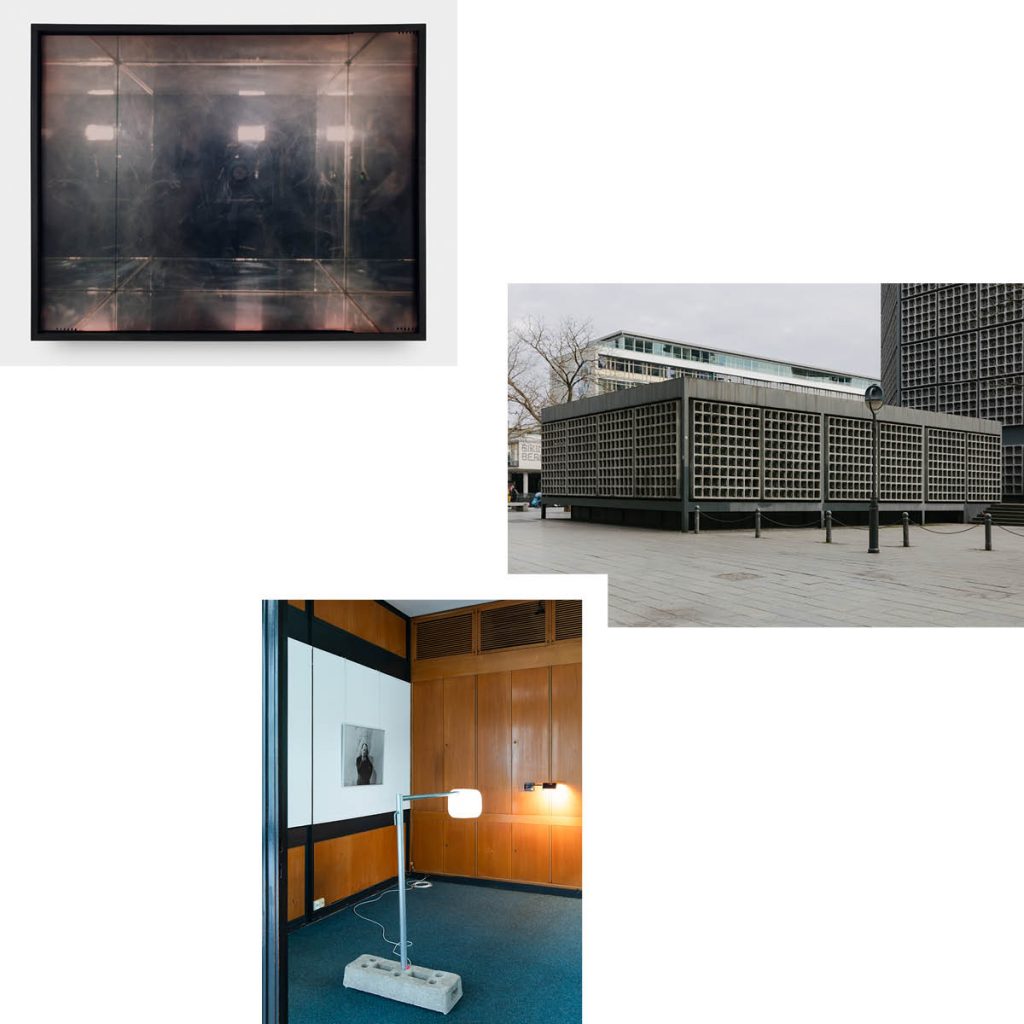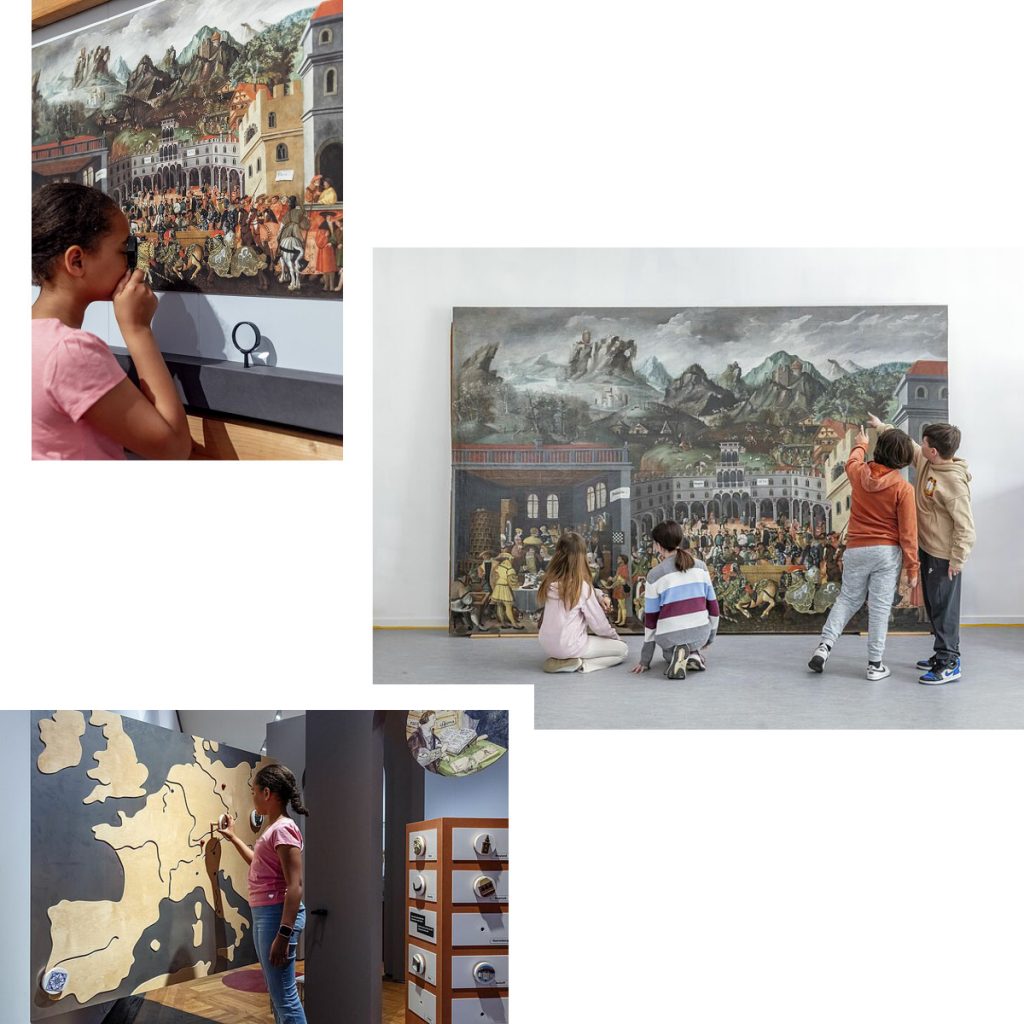
BACK TO THE FUTURE: RENAISSANCE EDITION — THE FAMILY EXHIBITION AT THE DEUTSCHES HISTORISCHES MUSEUM
We observe all day long — looking, reading, registering. For most people, perceiving with their eyes is so natural they rarely think about it and certainly don’t define it as a skill to be learned. According to a 2012 study, the average time spent in front of a museum picture is 11 seconds. I theorize that this number has fallen even further in the last twelve years. Why not practice observing in the way we practice other valuable skills? The best place to do this is the Deutsches Historisches Museum (children are expressly encouraged to attend). In fact, the exhibition “Dive into the Picture!” is intended for children and is free of charge for people 18 and under. One of the newly-restored collection highlights is in the museum’s Pei building: four Augsburg Monthly pictures from the 16th century. Like a pop-up book, visitors immerse themselves in the paintings and life of the time. Those depicted in the paintings become narrative figures and explore four themes: people, play, trade and nature.
Did life look the same 500 years ago? What do the paintings tell us about the past? What do they choose not to show? Children aged six to twelve (the main target group) will certainly learn something new — that’s a promise. Anyone who understandably finds it too didactic in parts (the comic strip Luise can be hard to bear at times) can simply observe the four pictures. And easily spend 11,000 seconds doing so, as there is so much to discover within them. That’s another promise.
Text: Hilka Dirks / Photos: David von Becker / Credit: Deutsches Historisches Museum
Deutsches Historisches Museum, Unter den Linden 2, 10117 Berlin–Mitte; map
Dive into the Picture! Time Travel for Kids until 19.01.2025
@dhmberlin




